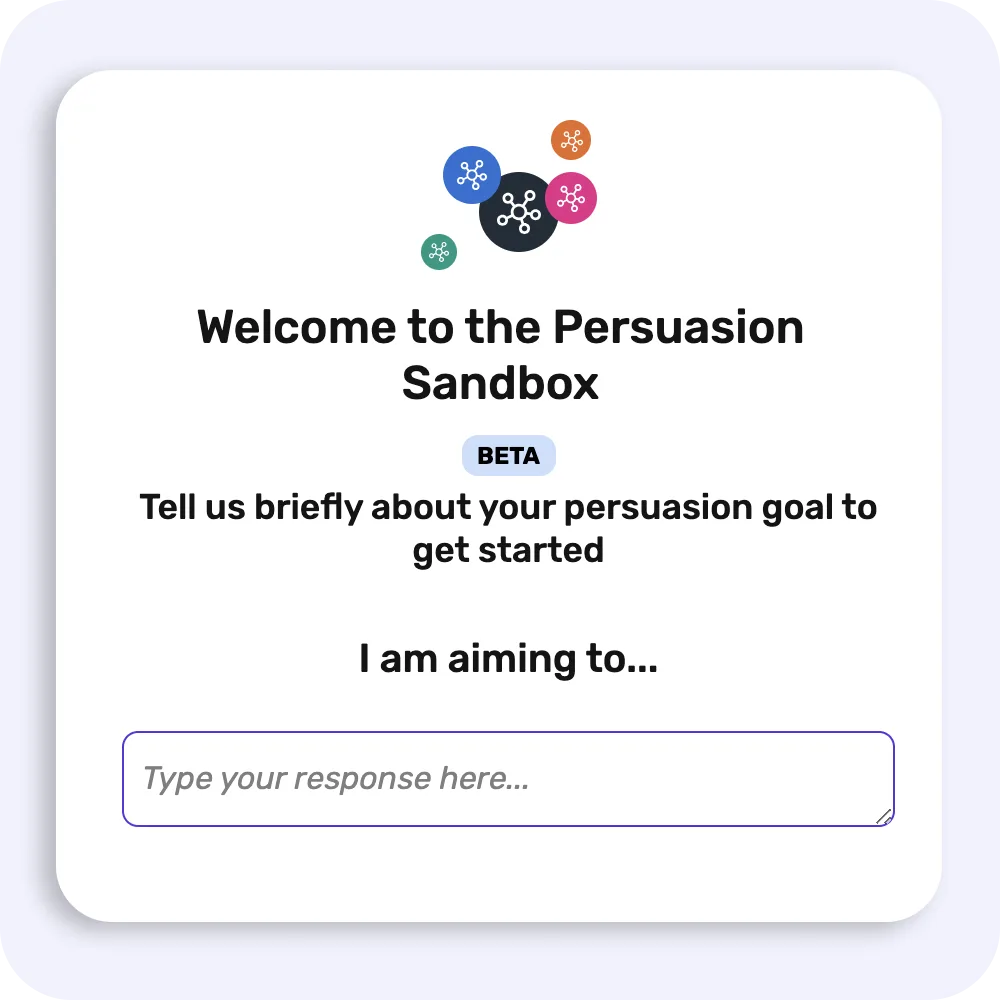Beyond Demographics: The Key to Winning Hearts & Minds Lies in Understanding Values

Voters’ values matter. Values inform not only how people vote, but how they respond to political messaging intended to change how they vote or feel about an issue. Understanding people’s values gives advocates and campaigns the ability to craft messages that reflect their audience’s values and a better chance to win some of those people over.
Organizations have historically used demographics to segment and target the electorate — for instance, sending a certain message to older voters, and another one to Democratic men — but the reality is not all members of a certain demographic group think alike. People’s values, worldviews, and core beliefs are shaped by their environment, their life experiences, and even their genetics, not just the demographic groups they belong to. Developing a holistic understanding of people’s politics depends on going past demographics and understanding their values.
But since demographic information about voters is widely available to advocates and values are not, it makes sense that demographics have been so heavily used and values haven’t been. This is why at Grow Progress, we’ve worked to make it easy for our partners to be values-informed in their research.
Our approach to this problem is to use predictive modeling techniques to estimate values and personality traits for American voters. And then, based on those values, we have divided the entirety of the American electorate into segments, based on what’s unique about their values and worldviews.
Through this process, we developed Grow Progress’ Values Segments, eight distinct groups who think similarly to each other, but differently from people in other clusters. Naturally, a message that persuades people in a given cluster may not persuade those in others.
These segments are integrated into all of Grow Progress’ products. Future posts will discuss how to use them in Audience Understanding Surveys, Rapid Message Tests, and other Grow Progress tools. For today though, we thought the right place to start would be to introduce you to the segments themselves.
Grow Progress Values Segments
1 – Anti-Authority Progressives
Very liberal, young, and urban with tepid support for Biden. Worry about hunger & poverty. Low trust in authority figures, police, and religious institutions.
2 – Trusting Progressives
Liberals and moderates who want a moral & unifying leader. Trust many institutions. Hopeful about changes in gender norms, but not focused on race relations.
3 – Concerned for Equality
Mostly female liberals who value equality and racial justice. Least white cluster. Low institutional trust, with belief that system favors elites.
4 – Striving Materialists
Youngest cluster, mostly male, highly urban. Want a strong leader who is a winner. Value hard work, and focus on material achievement and having fun.
5 – Disengaged Doubters
Mostly younger whites and Hispanics, with low income and educational attainment. Want a working-class leader. Low political interest. Low trust in instituations
6 – Anxious Authoritarians
Highly religious. Want a working-class leader. Value authority. Feel persecuted, and worry about culture & health issues, especially Medicare and drug use.
7 – Enterprising Conservatives
Mostly white males who value merit and think welfare recipients have it too easy, and that minorities want special rights. Worry about the economy & deficit. Believe in capitalism.
8 – Religious Conservatives
Oldest and whitest cluster, with high income and religiosity. Value purity, sanctity, and authority. Fear society is becoming immoral, dangerous. Trust police and religious figures.
Even from these short descriptions, it should be clear how different each group is from the others, and why certain kinds of messages would resonate with one group but not another. When using the tactic of moral reframing, or messaging using the moral values of your target, it’s crucial to keep your target in mind as you create a message, without letting other values sneak in.
Stay tuned for more posts about Grow Progress’ Value Segments and how to use them in research and testing, as well as in message creation.


